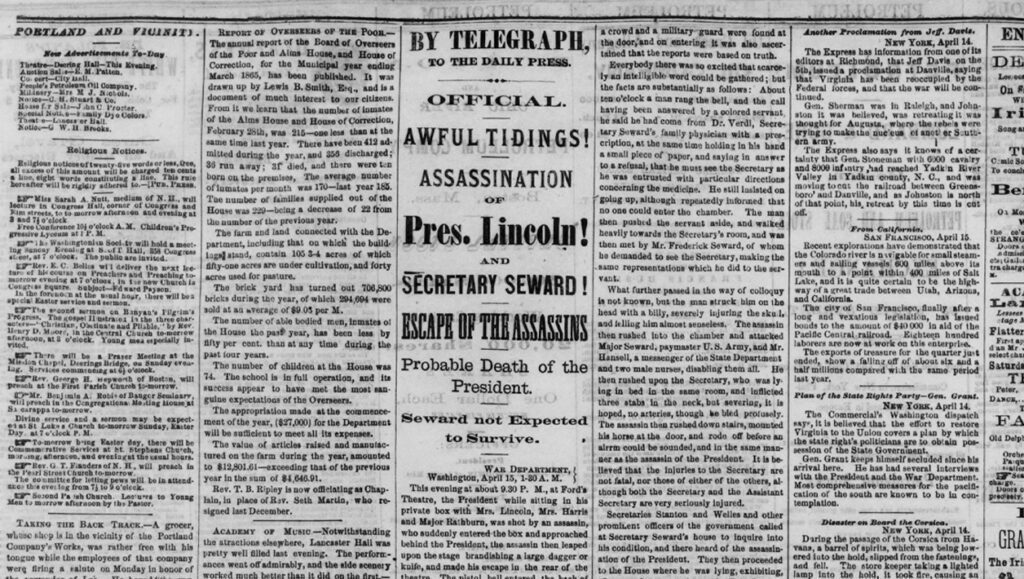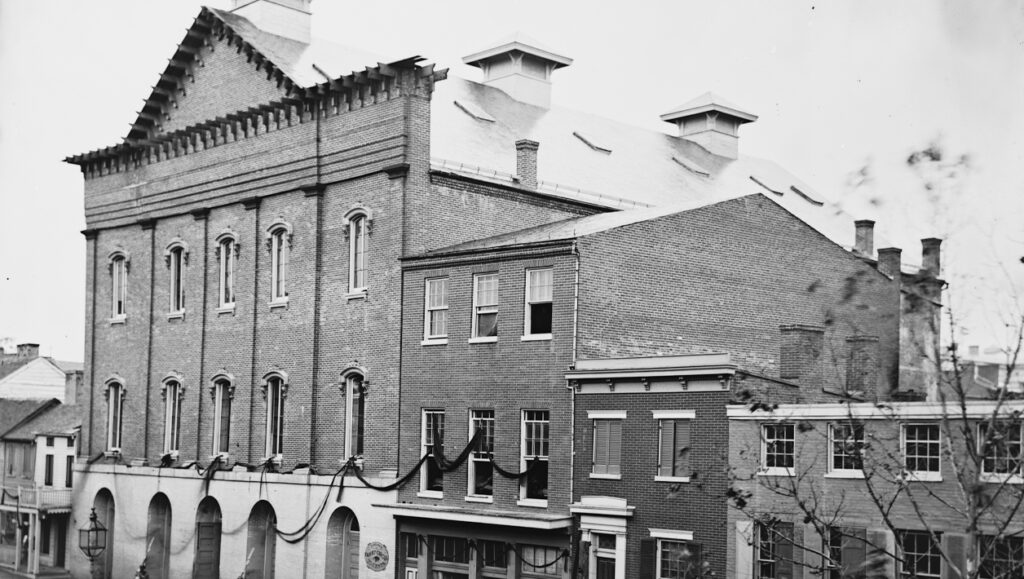
Teaching Lincoln’s Assassination and Legacy
Middle School
Developing media literacy is an essential skill in today’s world. In these activities, students will analyze primary sources to explore key questions: What is the difference between fact and opinion, and how can you tell when reading a news article? How does emotional truth appear in eyewitness testimony? How do artifacts, sculptures and public art shape how we remember Abraham Lincoln?
Educators and students can select from the following themes:
- Lincoln’s Assassination – Understand the events leading up to and following April 14, 1865.
- The Investigation and Trial – Dive into the search for John Wilkes Booth and the trial of the conspirators.
- Lincoln’s Legacy – Analyze Abraham Lincoln’s lasting impact on America today.
Each theme includes a short narrative video and a 20-minute student-managed activity in Google Slides. Designed to build critical thinking skills, these activities explore primary sources and feature engaging discussion questions. The notes section on the first slide includes a Student Note Catcher and a Teacher Answer Key.
Lincoln’s Assassination
Reading the News: President Lincoln’s Assassination

Student Activity (20 min): In this lesson, students will examine several newspaper accounts from different communities across the United States that reported President Lincoln’s assassination at Ford’s Theatre. Students will distinguish between reported facts and opinions, assess the accuracy of those reported accounts, and explore how that might influence a reader’s understanding of the event.
Investigation and Trial
Comparing Testimonies

Student Activity (20 min): By comparing different accounts of the assassination alongside forensic truths, students will observe how complex truths can provide the best means to investigate historical events. Students will consider the emotional truths conveyed in letters written by eyewitnesses to President Lincoln’s assassination.
Lincoln’s Legacy
Lincoln’s Other Memorials

Student Activity (20 min): Explore how statues shape our understanding of historical figures in this lesson on public art and legacy. Students will consider how different statues and their portrayal of Abraham Lincoln impact how he is remembered.
Jump to: Home | Elementary School | High School
